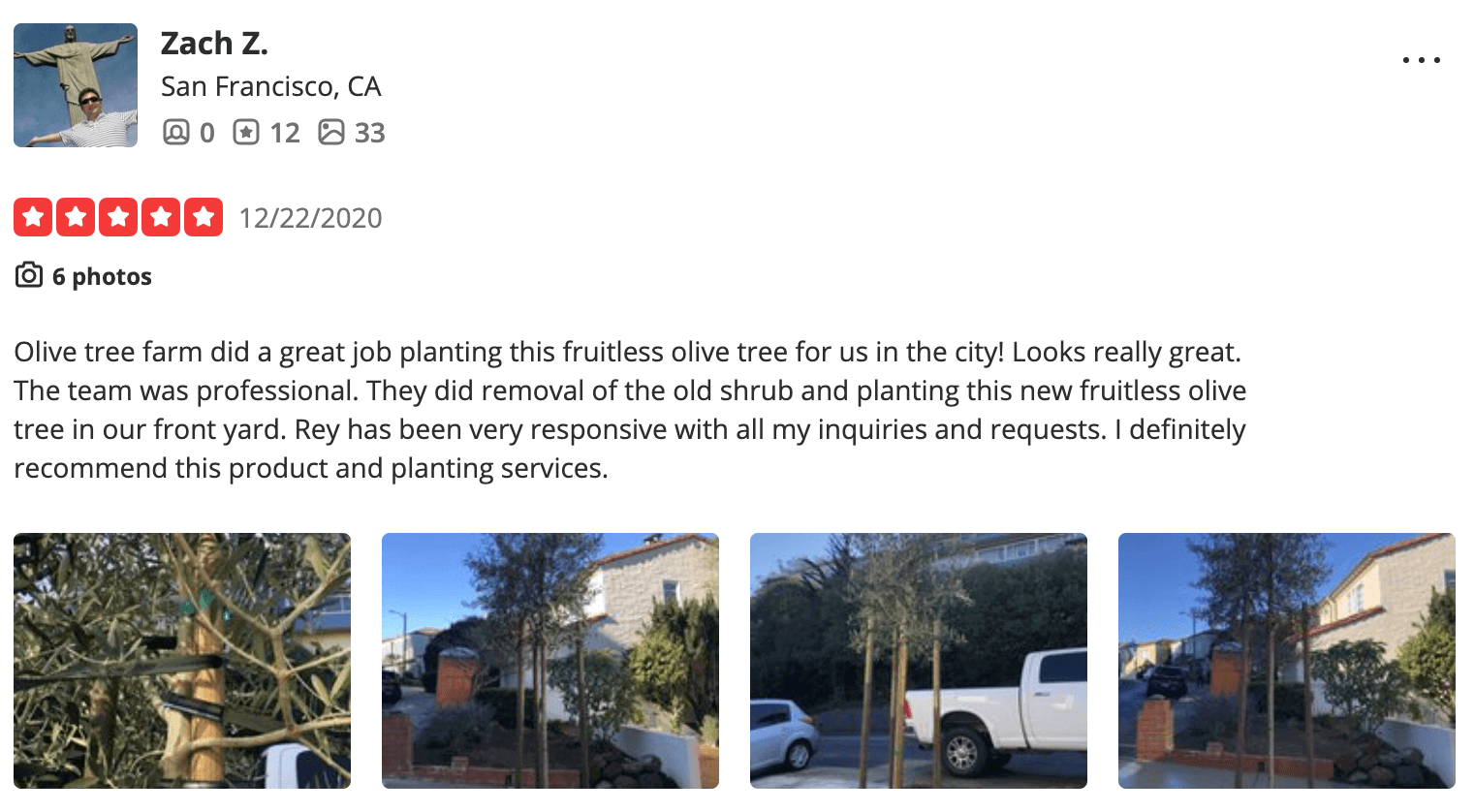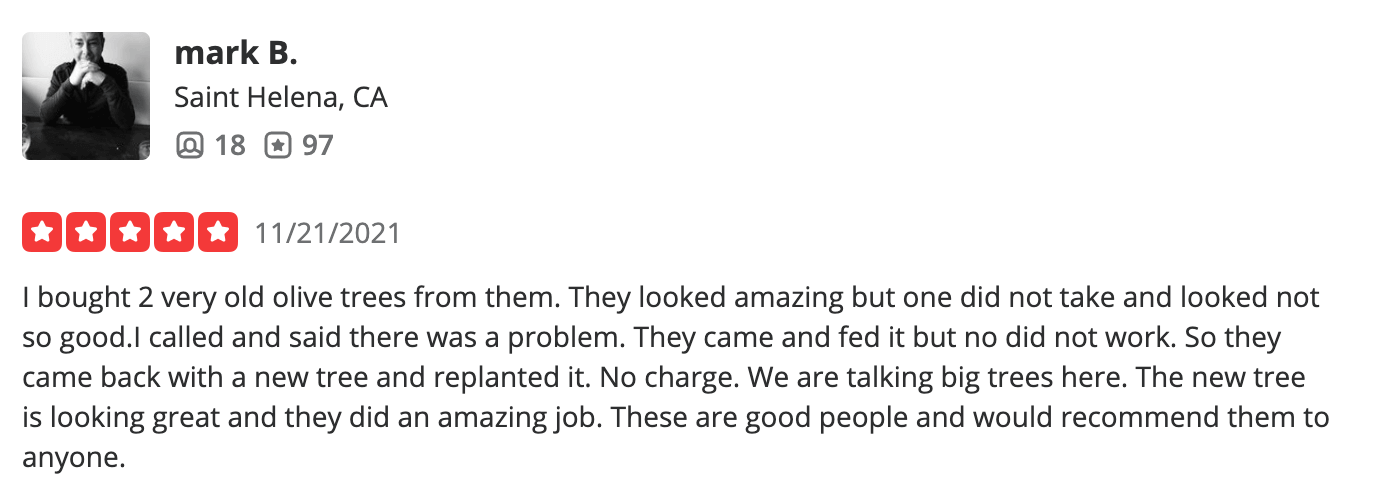Leccino Olive Trees
Leccino olive trees, which originate from Italy, are one of the principal varieties used in Italian olive oil production, primarily renowned for their Tuscan heritage and delicate taste. While Leccino was initially discovered in Tuscany, it is now planted all over the globe and performs well in California and the northwest. Its olive oil taste is subtle; therefore, it’s mostly combined with Pendolino. But it’s also interplanted and combined with Coratina, Frantoio, and Moraiolo to provide different tastes.
- Fruiting Specimen
- Bloom (Spring)
- Vigorous Growth
- Color (Leathery Gray-Green)
- Olive Oil (Sweet)
- Commercial Use
Care and Maintenance
Leccino olive trees are exceedingly versatile and thrive in ordinary, slightly alkaline, well-drained soils. Just water profoundly and often over the first few growing seasons to help the plant build a strong root system. Once established, lessen the frequency of application; it is drought tolerant. Protect young plants (or freshly transplanted Leccino) from extreme winter weather.
Written references to Leccino may be discovered around the end of the Middle Ages. It is usually believed to be one of the earliest cultivars in Italy. With increased popularity over the last 50 years, Leccino is widely cultivated worldwide—primarily grown in California, Chile, and Australia, among other olive oil-producing locations.
Some of our Leccino olive trees for sale:

Olea Europaea ‘Leccino’ olive tree. 10/11 feet tall by 5/6 feet wide. Italian variety.

Olea Europaea ‘Leccino’ olive tree. 10/11 feet tall by 5/6 feet wide. Italian variety.
| Quick Facts | |
| Origin | Italy |
| Scientific Name | Olea Europaea ‘Leccino’ |
| Family | Oleaceae |
| Tree Type | Fruiting Specimen |
| Common Names | The Olive Tree, Leccino, Olea Europaea |
| Height | (Insert) |
| Toxicity | Non Toxic |
| Light | Full Sun |
| Watering | Drought-Tolerant |
| Soil | Well-Drained-Nutrient Poor Soil |
| Hardiness | Hardy Down 20 to 30 °F |
| Foliage | Leathery Gray-Green |
| Growth | Vigorous |
| Olive Oil | Sweet |
Don’t Take Our Word, Hear What Our Customers Say!



Interested? We’d love to hear from you!
Call us at 707-732-6152 for a free consultation!
Looking for something else? We might have it for you...
Arbequina Olive Trees
Arbosana Olive Trees
Ascolana Tenera Olive Trees
Cerignola Olive Trees
Coratina Olive Trees
Itrana Olive Trees Kalamata Olive Trees
Koroneiki Olive Trees
Leccino Olive Trees
Little Ollie Dwarf Olive Trees
Majestic Beauty Olive Trees
Manzanillo Olive Tree
Maurino Olive Tree Mission Olive Tree
Pendolino Olive Trees
Picholine Du Gard Olive Trees
Picual Olive Trees
Sevillano Olive Trees
Swan Hill Olive Trees
Wilsonii Olive Trees
Zitoun Olive Trees